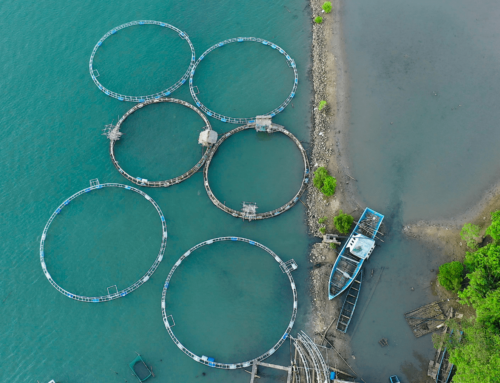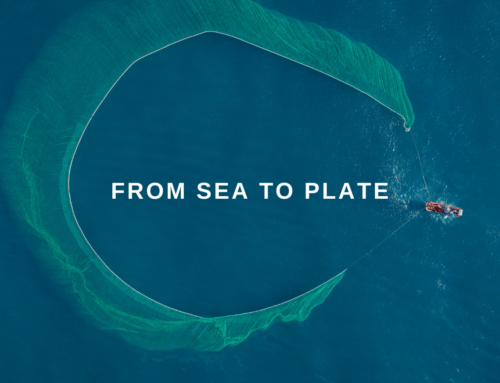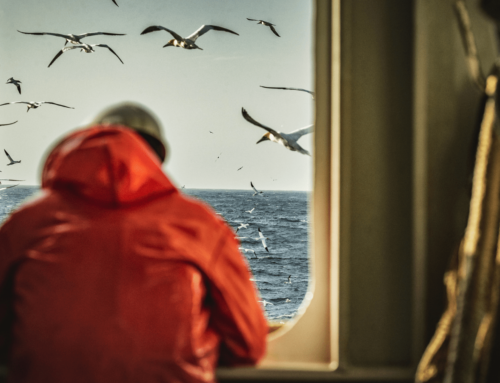One of the keyways that SeafoodChain enhances collaboration is by providing a distributed platform for all stakeholders to access information. This helps to break down silos and improve communication between different parts of the seafood supply chain.
SeafoodChain, powered by UNISOT is designed to facilitate collaboration and partnerships between seafood suppliers, distributers, customers and regulators. Our platform provides a secure and transparent way for these stakeholders to share information, track data and collaborate.
For example, SeafoodChain can be used by seafood suppliers to share data about their fishing practices and product traceability. This information can then be accessed by seafood customers, who can use it to make informed decisions about the seafood they purchase.
SeafoodChain can be used by regulators to track data about seafood landing, imports and exports. This information can be used to ensure that seafood is being sourced from sustainable and ethical sources.
The platform also facilitates collaboration by supporting the development of shared standards, such as our collaboration with GS1/GDST. This helps to ensure that all stakeholders are working towards the same goals and using the same terminology.
SeafoodChain can be used to develop shared standards for seafood sustainability. These standards can then be used by seafood suppliers to demonstrate their commitment to sustainability.
SeafoodChain also supports collective efforts to address industry challenges. For example, the platform can be used to coordinate responses to seafood fraud or to develop new technologies to improve seafood traceability.
By enhancing collaboration and partnerships, SeafoodChain can help to make the seafood industry more sustainable, efficient and transparent.

Here are some of the specific benefits of SeafoodChain’s collaborative ecosystem:
- Streamlined communication: SeafoodChain provides a secure and transparent way for all stakeholders in the seafood supply chain to communicate with each other. This helps to improve coordination and collaboration, and it can also help to reduce the risk of fraud.
- Shared standards: SeafoodChain can be used to develop and implement shared standards for seafood sustainability, traceability and other important issues. This ensures that all stakeholders are working towards the same goals and using the same terminology.
- Collective efforts: SeafoodChain can be used to coordinate collective efforts to address industry challenges, such as seafood fraud and overfishing. This ensures that the seafood industry is taking a more proactive approach to these challenges.
Overall, SeafoodChain’s collaborative ecosystem can help to make the seafood industry more sustainable, efficient and transparent.
We’d be happy to schedule a demo to show you how SeafoodChain can work for your business.




Leave A Comment